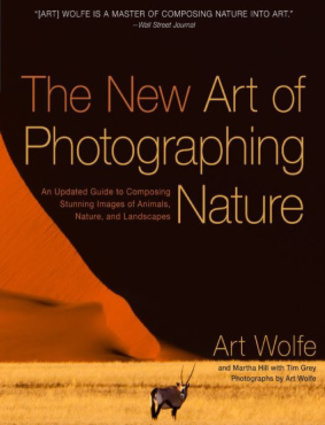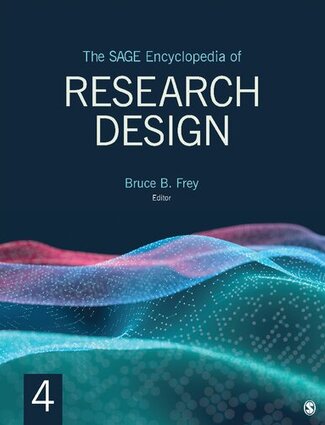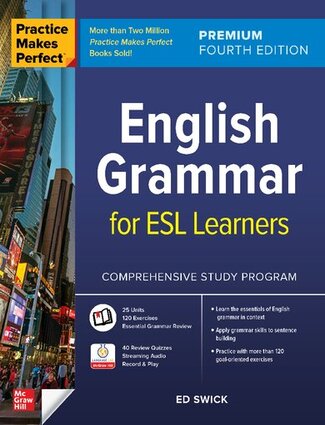
The New Art of Photographing Nature
August 8, 2022
Taste Tibet: Family recipes from the Himalayas
August 8, 2022| Author: | Bruce B. Frey |
| publisher : | SAGE Publications, Inc |
| ISBN 10 : | 1071812122 |
| ISBN 13 : | 9781071812129 |
| page Number : | 2005 |
| file size : | 135 MB |
Description:
The SAGE Encyclopedia of Research Design maps out how one makes decisions about research design, interprets data, and draws valid inferences, undertakes research projects in an ethical manner, and evaluates experimental design strategies and results. From A-to-Z, this four-volume work covers the spectrum of research design strategies and topics including, among other things: fundamental research design principles, ethics in the research process, quantitative versus qualitative and mixed-method designs, completely randomized designs, multiple comparison tests, diagnosing agreement between data and models, fundamental assumptions in analysis of variance, factorial treatment designs, complete and incomplete block designs, Latin square and related designs, hierarchical designs, response surface designs, split-plot designs, repeated measures designs, crossover designs, analysis of covariance, statistical software packages, and much more. Research design, with its statistical underpinnings, can be especially daunting for students and novice researchers. At its heart, research design might be described simply as a formalized approach toward problem solving, thinking, and acquiring knowledge, the success of which depends upon clearly defined objectives and appropriate choice of statistical design and analysis to meet those objectives. The SAGE Encyclopedia of Research Design will assist students and researchers with their work while providing vital information on research strategies. Key features:
• This set addresses issues of research design within the experimental sciences broadly speaking, particularly the social/behavioral sciences, neurosciences, and biomedical and life sciences.
• Entries provide summaries of advantages and disadvantages of often-used designs, along with illustrations using real-life examples.
• Two topics set this work apart from similar works: a review of important research articles that are seminal in the field and helped to determine the direction, and a review of popular tools (such as software) used to analyze results.
• Over 500 signed entries organized A-to-Z are available both in print and electronic formats for ease of access and use.
• Cross-references and suggested readings at the end of each entry, along with an annotated selected bibliography, guide users to additional resources.




